| Do |
|
|---|---|
| Don't |
|
Swimming with a snorkel mask reveals an amazing underwater world that most people never see. While it's a relatively simple water activity to learn, knowing what to do and what not to do will help keep you safe and protect the marine environment. These simple guidelines keep you safe and respectful of the ocean, whether it's your first time or not.

Essential Do's of Snorkelling
Safe and enjoyable snorkelling depends on proper preparation and common-sense practices. The following guidelines will keep you comfortable and secure in the water.
Do Pick the Right Size and Type of Equipment
The success of your snorkelling trip starts with well-fitted gear. Your mask should create a firm seal around your face without being too tight, while the snorkel needs to stay comfortably in your mouth with the right length to remain above water when you're face-down on the surface. Well-fitted fins will grip your feet snugly without pinching your toes.
In longer sessions or cooler waters, a rash guard or wetsuit becomes vital gear. These protective layers shield you from both sun and cold while offering defense against scratches from coral or rocks. Tropical waters call for a thin rash guard, while temperate waters require a wetsuit for proper warmth.
Do Test All Equipment in a Pool First
A pool or calm shallow water provides the perfect testing ground for your gear. Your mask's seal needs careful checking for leaks, while your fins should be tested for potential blister spots. Time spent practicing your breathing technique through the snorkel while floating face-down will pay off later. These preliminary checks help prevent equipment issues during your actual snorkelling session. Fixing small problems on land is much easier than struggling in open water.
Do Check Local Weather and Water Reports
Weather conditions play a crucial role in snorkelling safety. Strong winds often create dangerous choppy surfaces that make snorkelling both difficult and risky. The best conditions typically occur during slack tide - that peaceful period between high and low tide when water movement reaches its minimum. Current patterns near reef passages and channels require special attention for your safety.
Do Apply Reef-Safe Sunscreen 30 Minutes Before Swimming
Proper sun protection requires careful timing and the right products. Reef-friendly sunscreen, free from harmful chemicals like oxybenzone and octinoxate, needs 30 minutes to become effective. Your back and legs, which remain exposed to the sun while floating, need particular attention and thorough coverage.
Do Take a Buddy With You Every Time
The presence of a snorkelling partner greatly enhances both safety and enjoyment. Your buddy becomes invaluable during challenges like leg cramps or equipment adjustments, while shared discoveries of marine life make the experience more memorable. Their watchful presence provides an extra layer of security throughout your underwater exploration.
Do Breathe Slowly and Move Gently in Water
Steady breathing forms the foundation of comfortable snorkelling. Slow, regular breaths through your snorkel help maintain calmness, while gentle movements prevent unnecessary energy loss. A horizontal body position, powered mainly by your fins while your arms rest at your sides, proves most efficient. Moments of anxiety can be managed by simply floating on your back and taking deep, calming breaths.

Critical Don'ts of Snorkelling
Mistakes in snorkelling can lead to discomfort, injury, or harm to marine life. These key precautions will help you steer clear of common problems.
Don't Start with a Foggy Mask
A foggy mask ruins visibility and spoils your experience. The anti-fog solution needs proper application before each use - a quick rinse won't solve the problem. Your own saliva works as a temporary solution: spread a thin layer inside the mask, rinse it briefly with water, then put it on. Commercial anti-fog sprays last longer and work better for extended sessions. The mask should stay clear throughout your swim.
Don't Touch or Chase Marine Life
Marine animals need their space and safety. Corals suffer permanent damage from even the lightest touch, while many sea creatures carry natural defenses that can harm you. Keeping your distance protects both you and the marine ecosystem. Some fish and coral species take years to recover from damage, so your momentary curiosity could cause lasting harm to the reef.
Don't Push Past Your Physical Limits
Your body signals fatigue through muscle tiredness, heavy breathing, or slight cramping. These early warning signs call for a break - either float calmly or head back to shore. Salt water and currents tire you faster than a pool, so rest when your body tells you. A tired snorkeller faces higher risks of accidents and emergencies.
Don't Go Snorkelling By Yourself
Solo snorkelling leaves you vulnerable in emergencies. Simple problems like a leaky mask or leg cramp become more serious without help nearby. Equipment failures, sudden weather changes, or strong currents pose greater risks when you're alone. Many popular snorkelling locations actually prohibit solo snorkelling for these safety reasons.
Don't Let Panic Take Over During Problems
Equipment issues, water in your snorkel, or muscle cramps might trigger anxiety. The key response starts with floating on your back to catch your breath. Signals to your buddy should remain clear and calm. Simple problems often have straightforward solutions - a snorkel can be cleared with a sharp exhale, while gentle stretching relieves most cramps. Your prepared responses to these situations make a big difference in your safety.

Special Considerations for Safe Snorkelling
Several specific situations require extra attention during your snorkelling adventure. Here's what you need to know for these special circumstances.
Clear Vision with Prescription Glasses
People who wear glasses shouldn't miss out on snorkelling. Prescription masks offer the clearest vision but can be expensive. Good alternatives include contact lenses worn under a regular mask or special optical lenses that attach inside standard masks. Your regular glasses won't work under a mask, so plan your vision solution before your trip.
Safe Use of Electronic Devices
Taking photos underwater requires special attention to both equipment safety and marine life protection. Waterproof cameras or phone cases need testing for leaks before each use. The wrist strap must stay securely fastened to prevent your device from sinking. Flash photography can disturb marine life, so natural light works best. Battery life decreases faster in water, so carry spare batteries in waterproof containers.
Health Conditions and Medical Needs
Some health conditions need special planning for safe snorkelling. People with asthma should carry their inhaler in a waterproof container. Those with ear problems might need special plugs or hoods. Heart conditions or blood pressure issues require a doctor's approval and careful monitoring of exertion levels.
Age-Specific Safety for Children
Young snorkellers need specific adjustments to standard practices. Children require properly sized equipment - adult gear won't work safely. They should start in very calm, shallow waters where they can stand. A parent or instructor should stay within arm's reach at all times. Short sessions prevent fatigue and keep the experience fun.
Travel and Transport of Equipment
Proper packing prevents damage to your snorkelling gear during travel. Hard cases protect masks from being crushed in luggage. Fins need careful wrapping to prevent warping. When renting equipment abroad, check for proper sanitization and inspect all gear thoroughly. Some locations have specific rules about gear types and underwater activities - research local regulations before your trip.

Make Your Snorkelling Safe and Fun!
Good preparation and basic safety rules will help you enjoy snorkelling safely. Well-fitted gear, careful attention to weather, having a buddy, and respect for marine life are your keys to a great experience. These guidelines cover everything you need - from basic equipment use to special situations like cameras or children's safety. You're now ready to explore the underwater world responsibly and safely. With the right gear, respect for the ocean, and a calm approach, you're set for unforgettable underwater adventures. So grab your mask and snorkel—it's time to dive in responsibly.
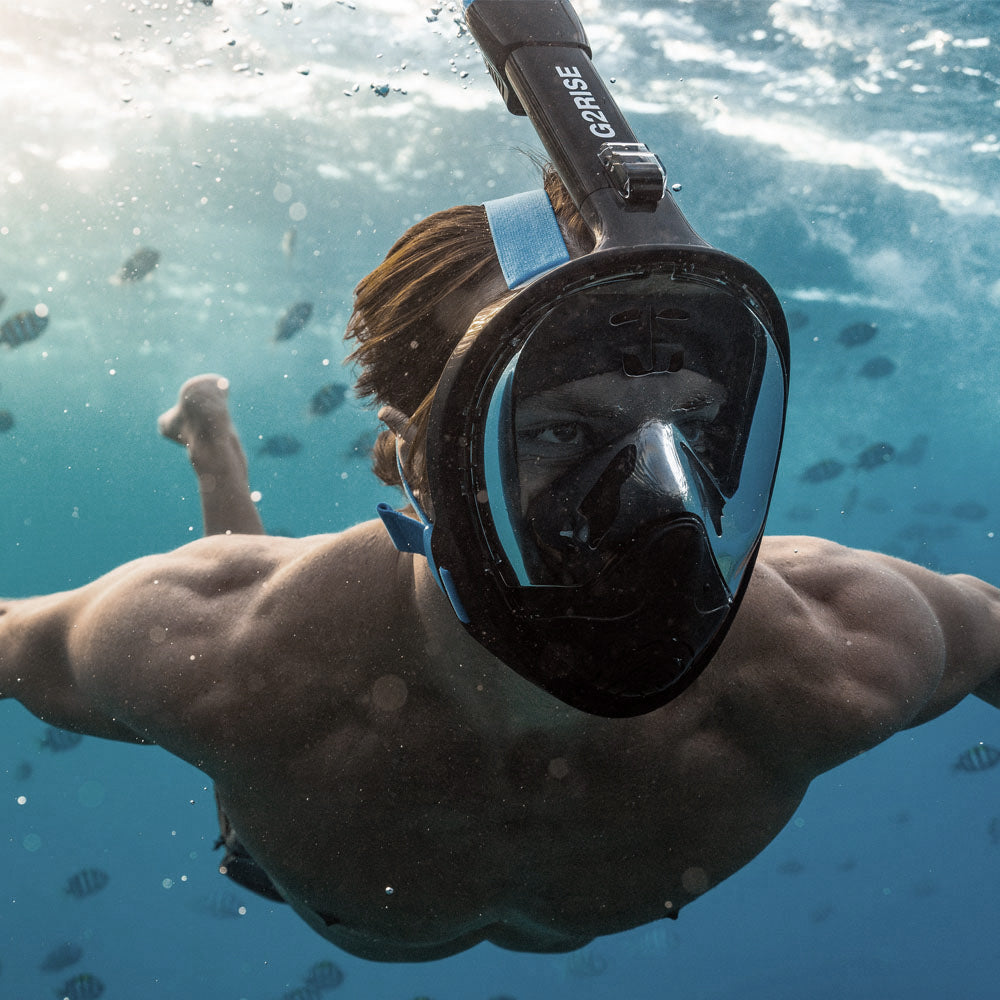
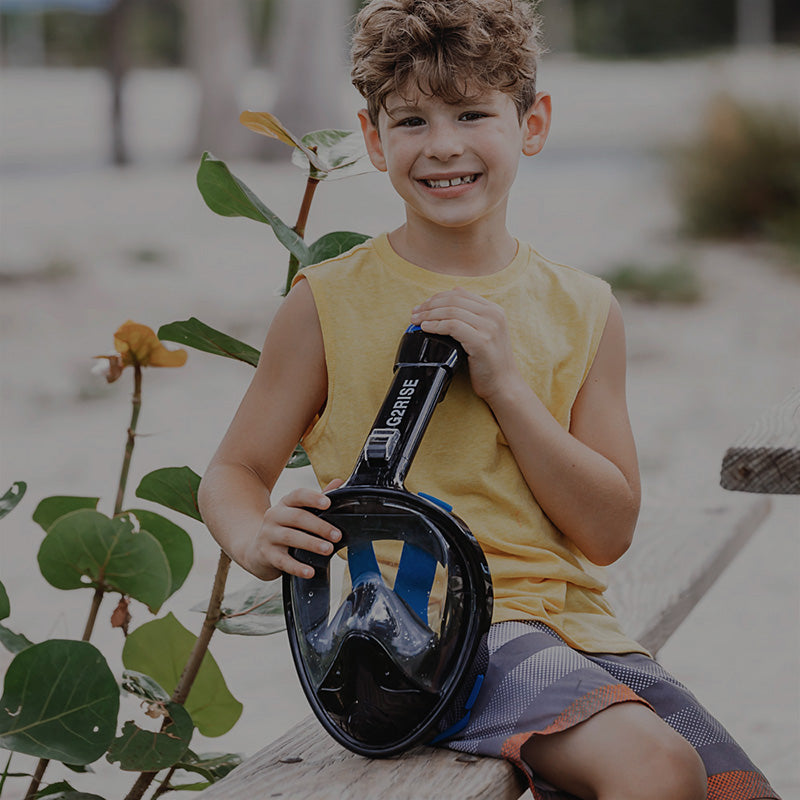
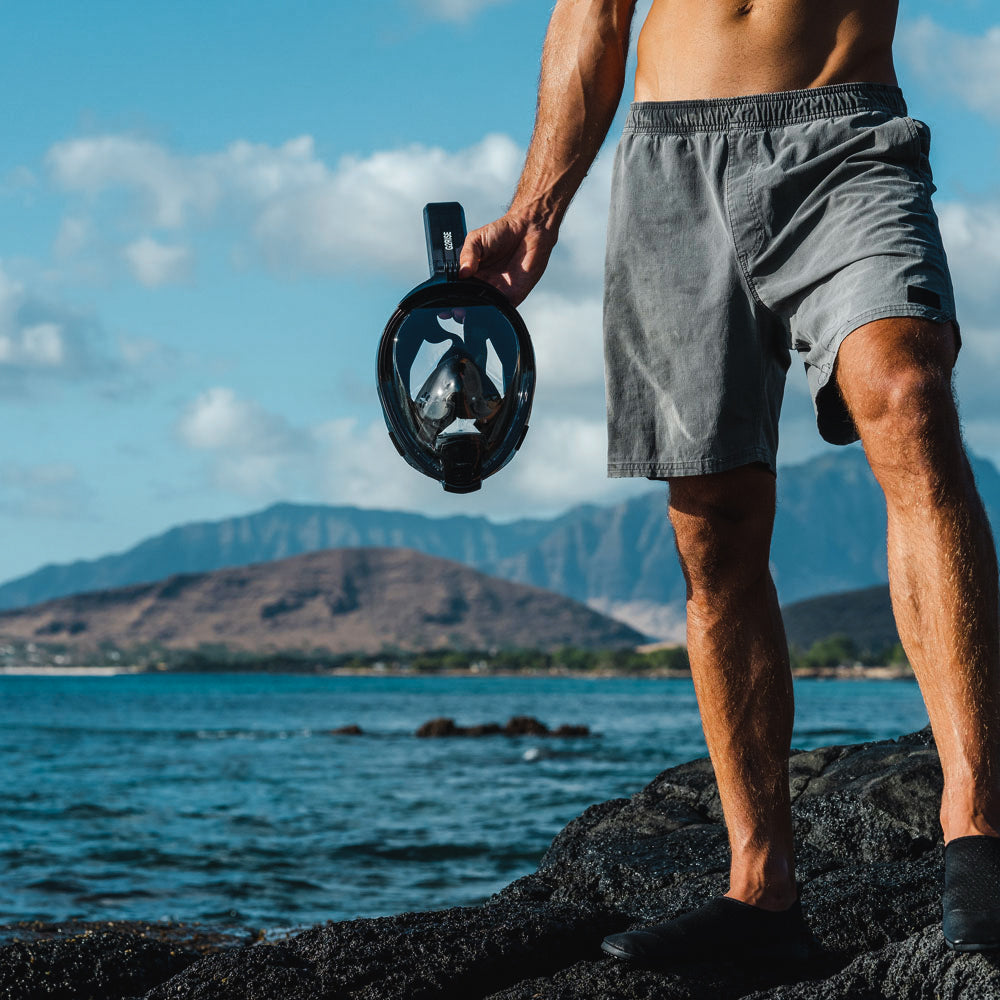
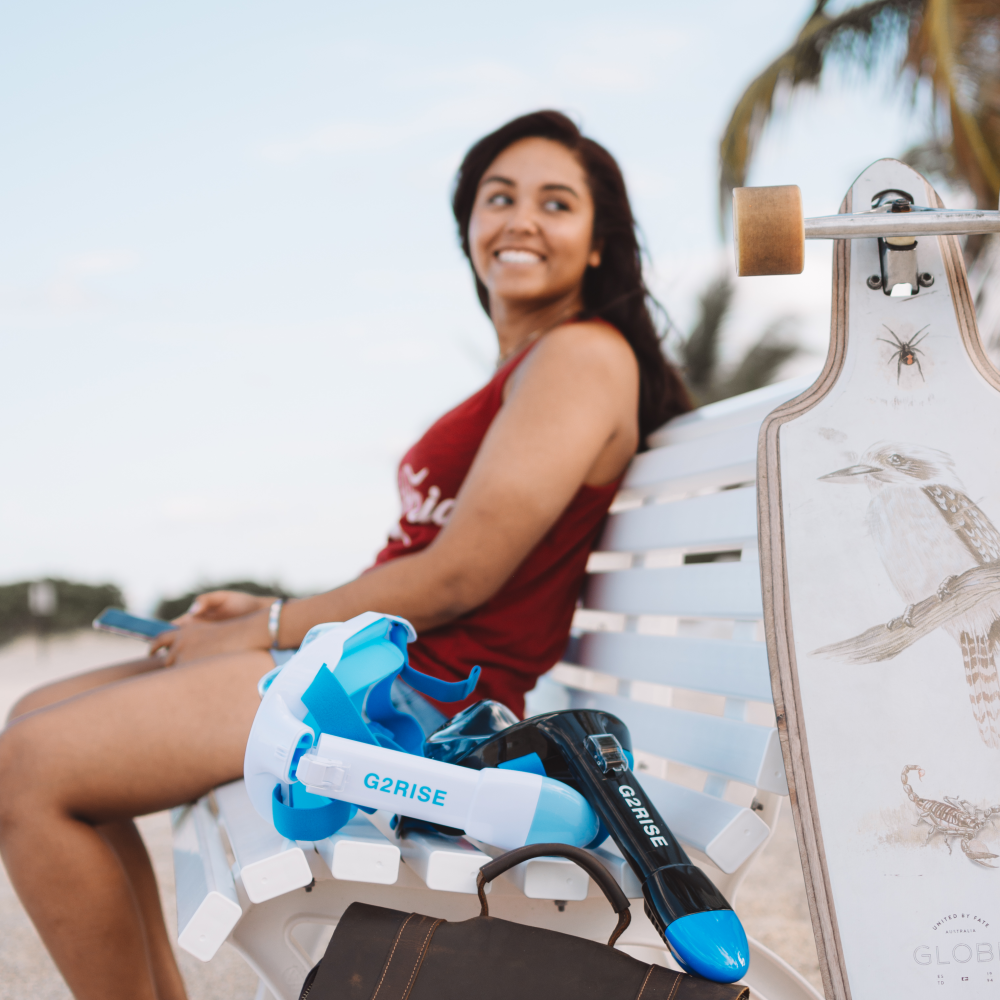
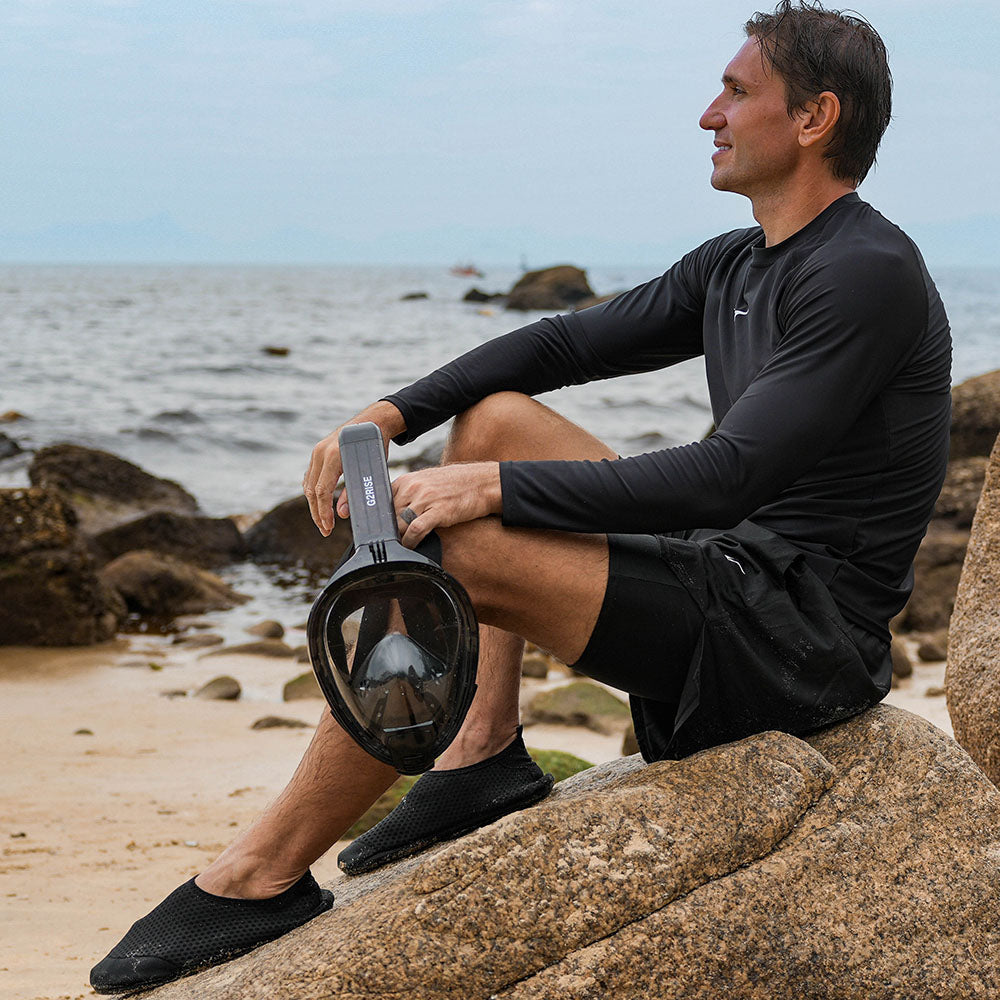

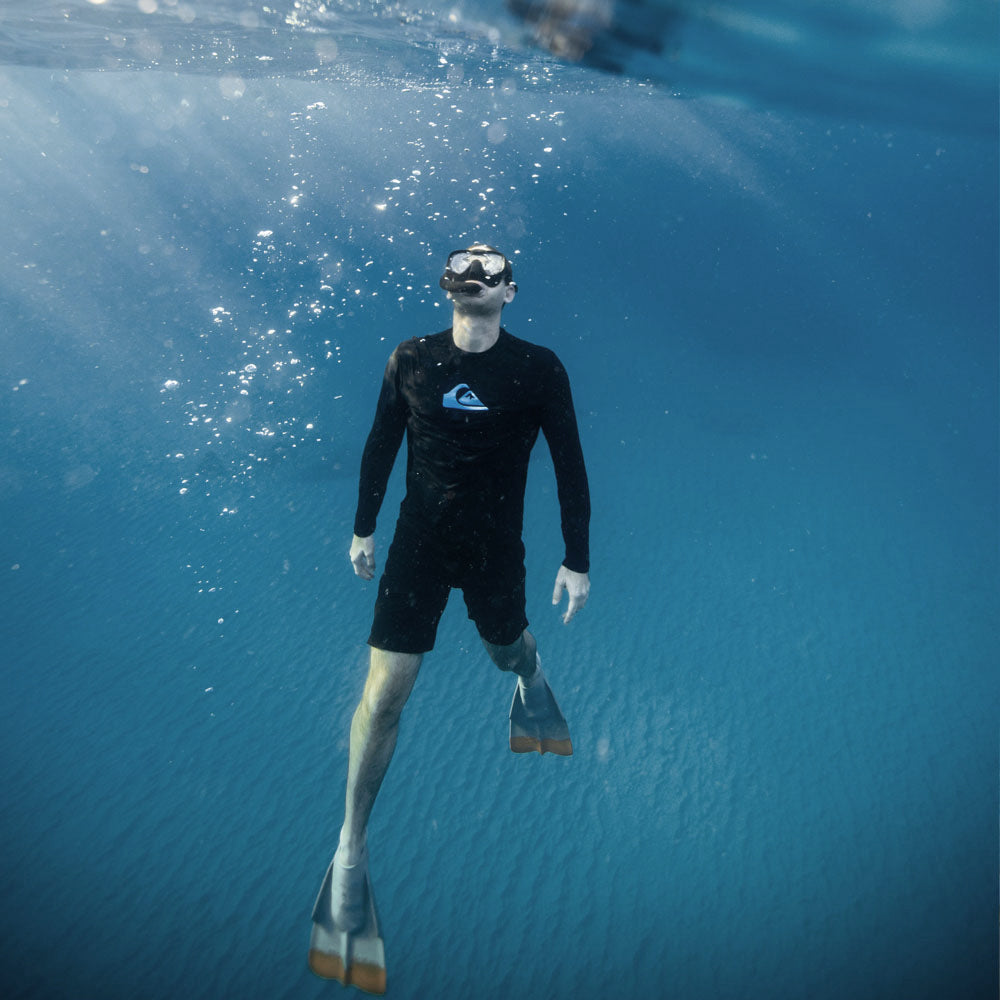
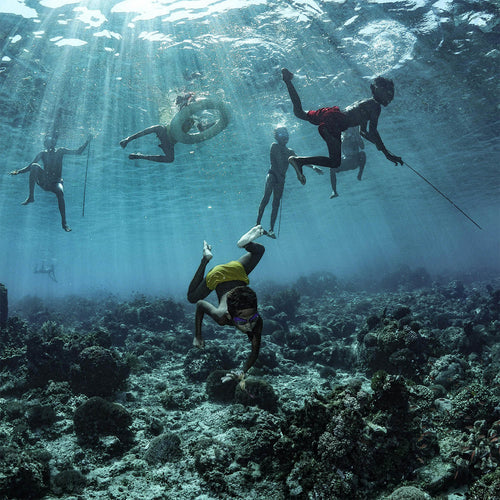
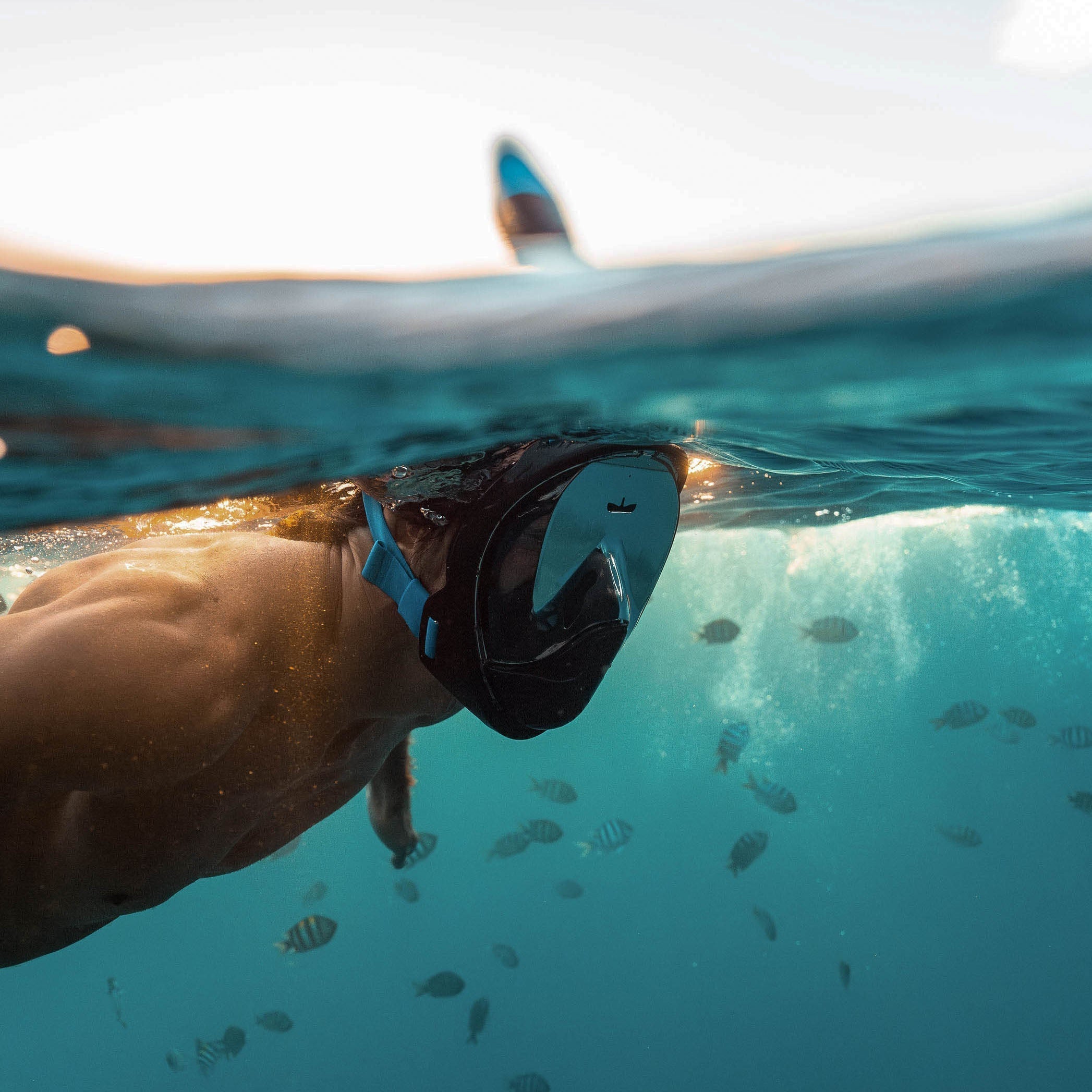
Leave a comment
This site is protected by hCaptcha and the hCaptcha Privacy Policy and Terms of Service apply.